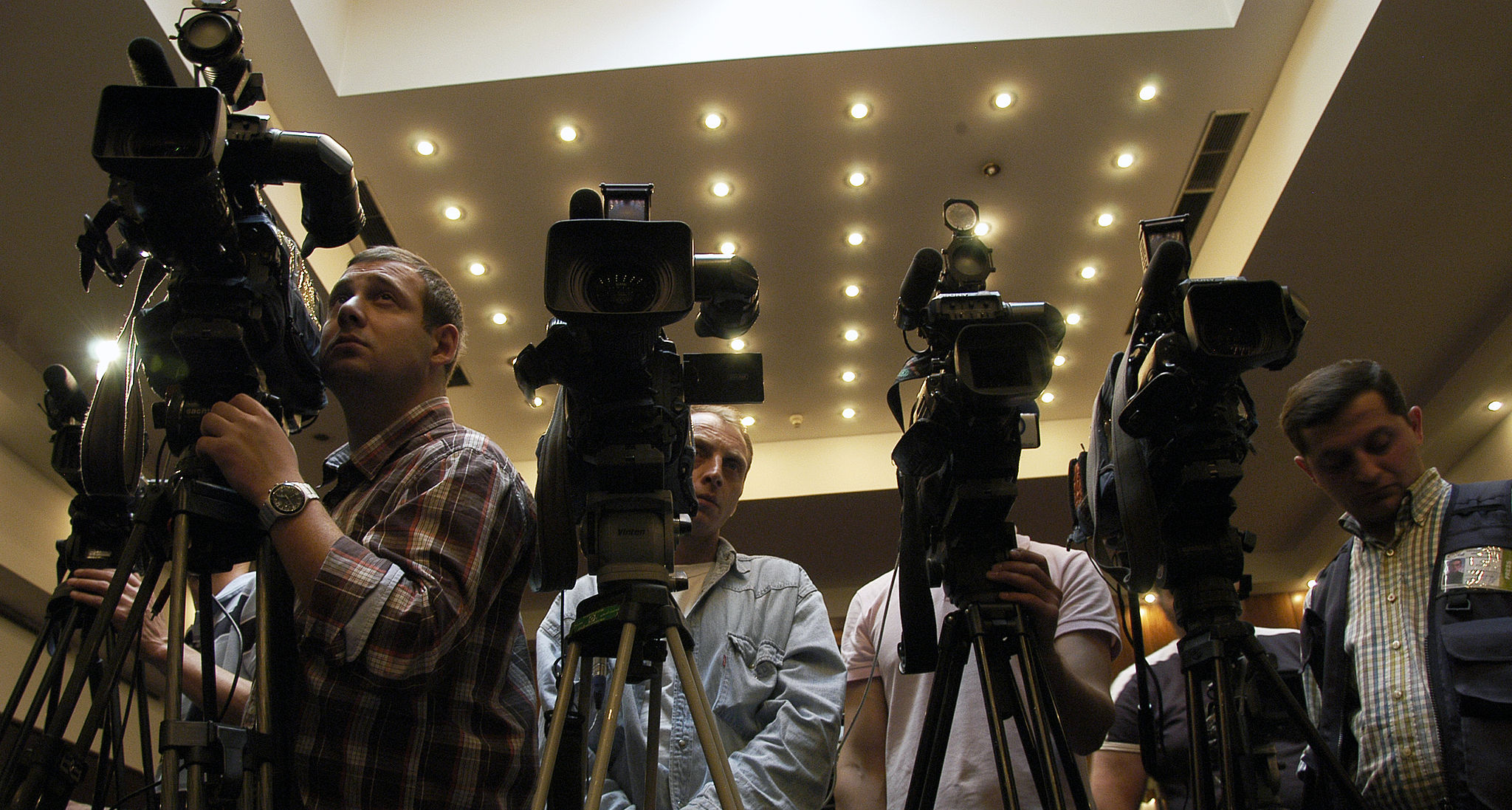The Claim, Fact, Example format makes it easy to organize key messages under values. But it may result in long messages and prompt rational argument.

TV cameras at a press conference
This article is part of a series on creating key messages. I recommend reading the article on how to create key messages first.
A colleague pitched me the Claim, Fact, Example message grid as a format that helps reinforce the brand’s core values. That alone wasn’t appealing — all narrative and messages must express values. But, this format does explicitly encourage you to align your messages according to values which you may find helpful.
The grid can also be used to organize your campaign’s key messages.
The grid
- Claim: What is it we want to say?
- Fact: What is the topline message?
- Example: Is there a story or example that will support our claim?
Like the previous articles we’ll look at this grid with the examples of the startup and the overfishing campaign.
How it’s delivered
The startup
The taxi industry has failed to innovate, so we have.
Say you’re at home on a Saturday night in January. It’s cold, it’s pelting down with rain and you need to get across the city. With taxis you have to stand on the street, try to hail a ride — you could be there for five minutes (or longer) cold and soaked to the bone.
With our service you order a car from your living room where it’s warm and dry. You will see which driver accepts your ride and you’ll know when they arrive. Jump straight into the car. At your destination pay with the click of a button. Simple.
Overfishing campaign
We need to protect more of the ocean from overfishing. Only 1 percent of the ocean is protected.
Because there is almost no protection companies can pretty much go anywhere and plunder the ocean. They take what they like and have no interest in leaving any fish behind for anyone else.
Because of the reckless nature of these companies we need to protect at least 30 percent of the ocean. We’ve seen in places where there is protection that fish bounce back — like in the Atlantic Ocean where flounder have completely recovered in places where there is protection.
Final thoughts
There are a few drawbacks to using this grid. First, it can be difficult for some people to keep their messages concise. Second, it does encourage some people to create rational arguments that suffer from an emotion deficit. Both of these are problematic.
If it’s a format you think will work for you, give it a go. If you find your messages are too verbose or dry, try another format — you may have more success.
More information
- Download this key message template
- A step by step guide to creating great key messages
- Other key message formats